Series RL and RLC Circuit Simulation and Analysis Report
VerifiedAdded on 2022/10/01
|11
|666
|20
Practical Assignment
AI Summary
This assignment report details the simulation and analysis of series RL and RLC circuits using LTspice. Part B focuses on demonstrating the voltage-time relationship, steady-state, and transient response of an RL circuit, including calculations and waveform analysis for voltage sources, resistors, and inductors. Part C extends this to RLC circuits, examining the impact of damping factors and resonant frequencies on the circuit's response. The report includes screenshots of the LTspice simulations, calculations, and discussions on the behavior of current and voltage in these circuits, with references to relevant literature. The assignment covers overdamped and critically damped responses and the determination of transient time.
1 out of 11
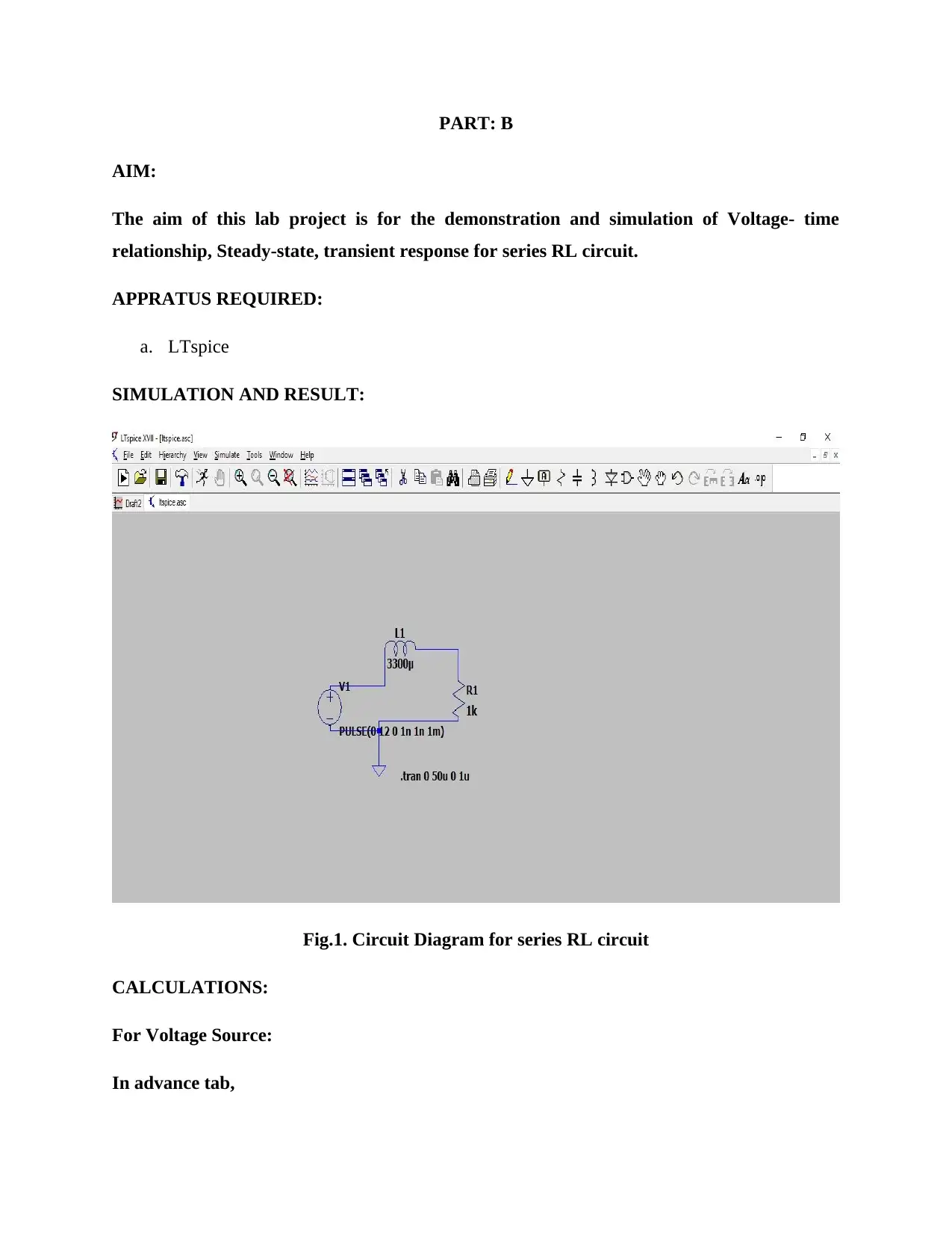
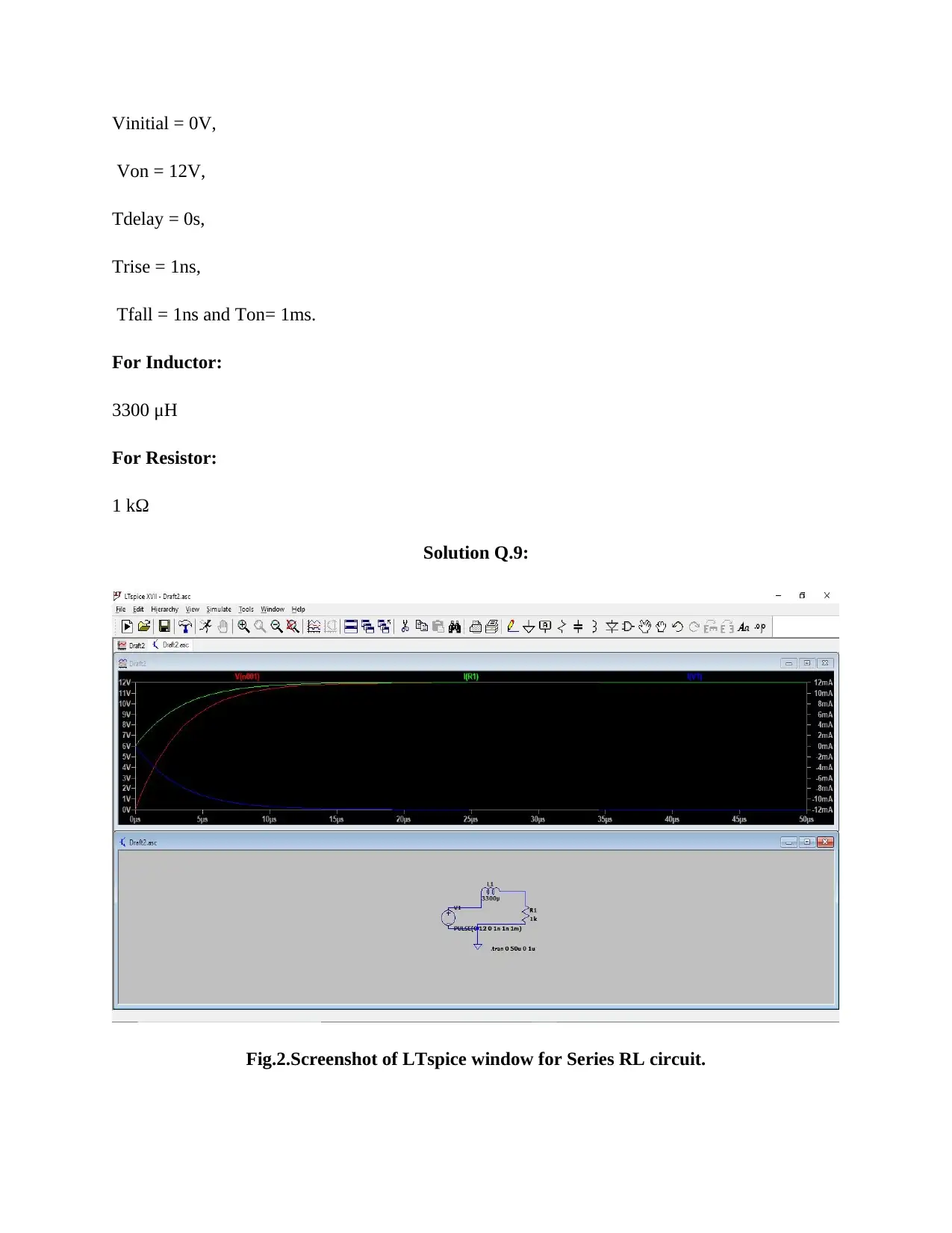
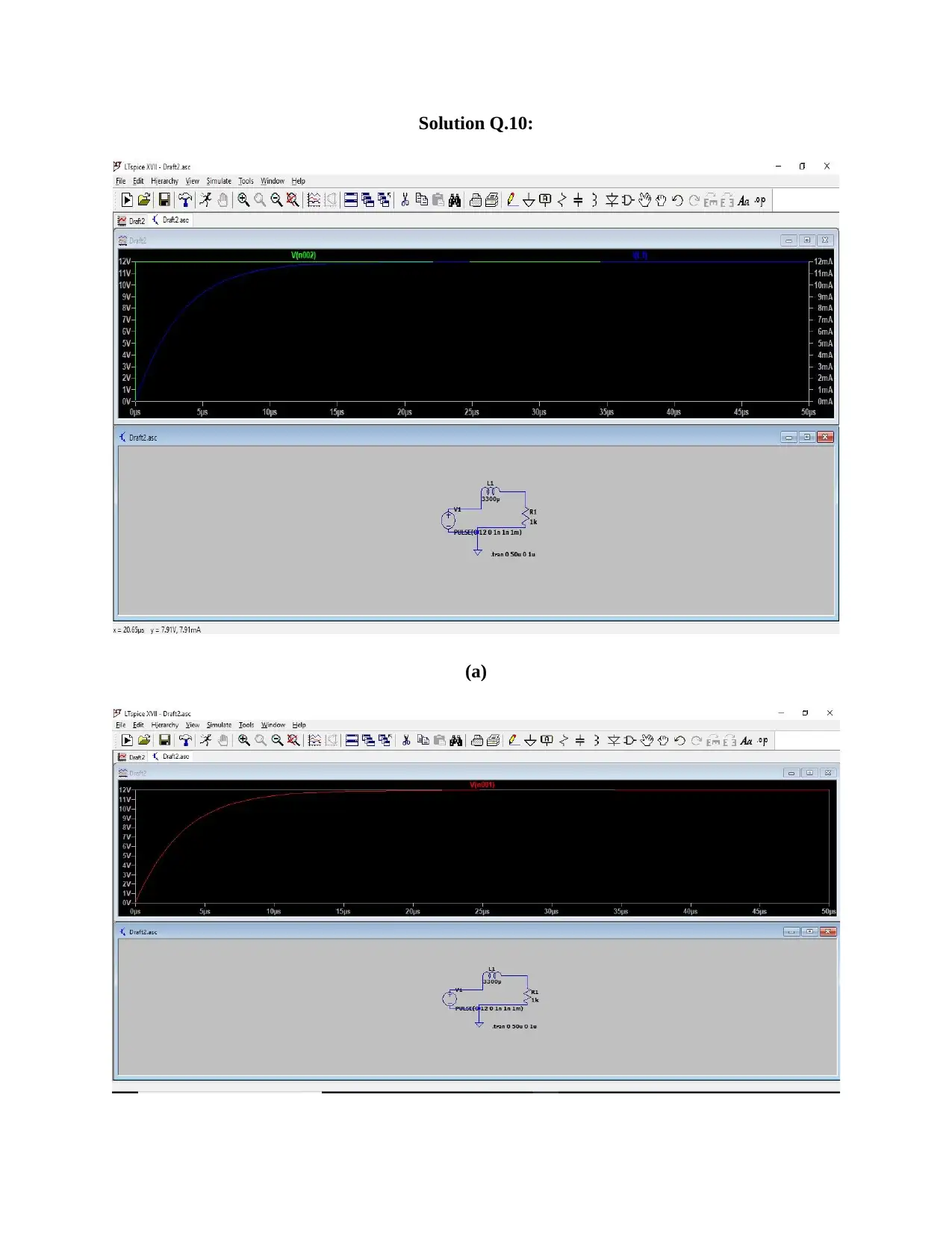

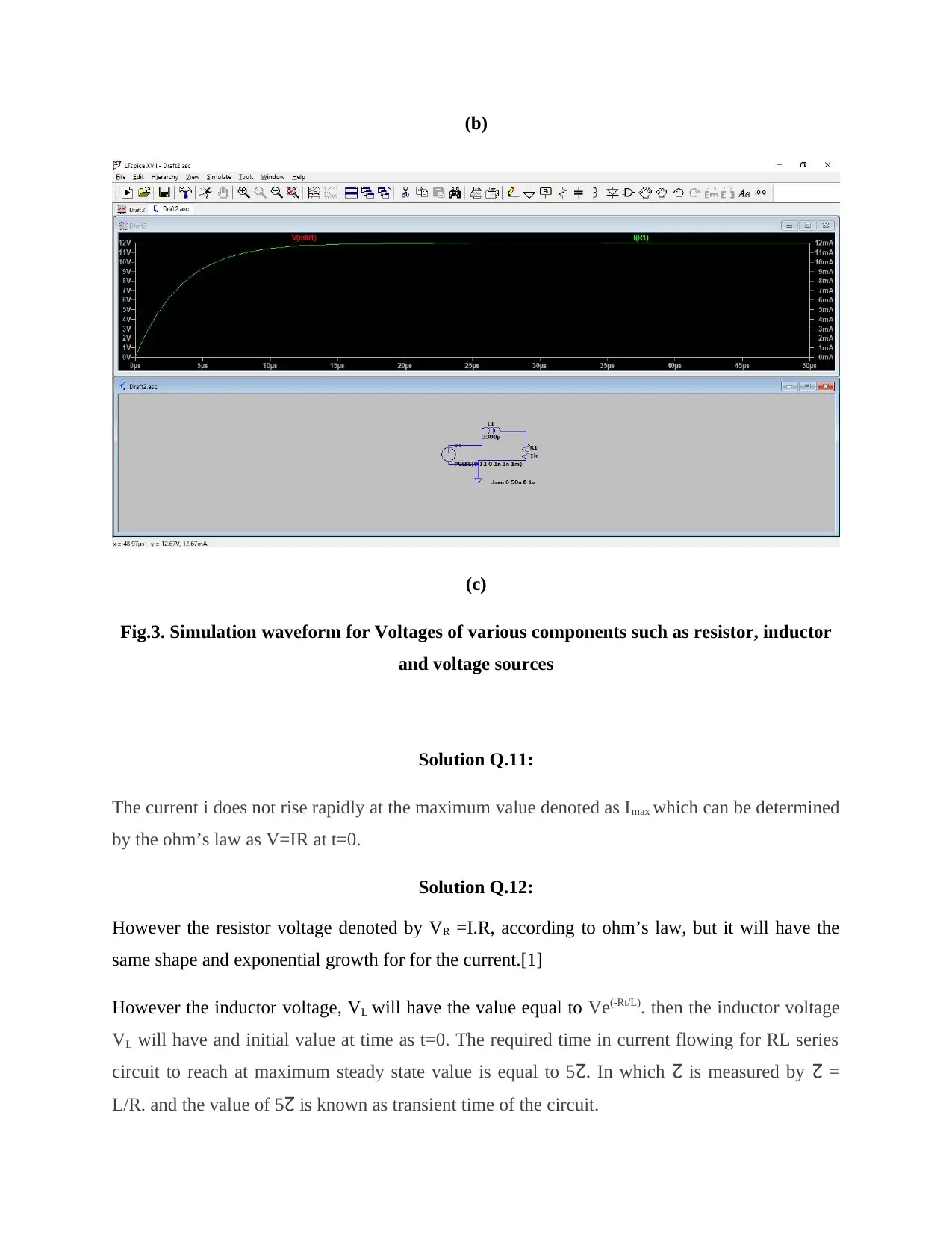
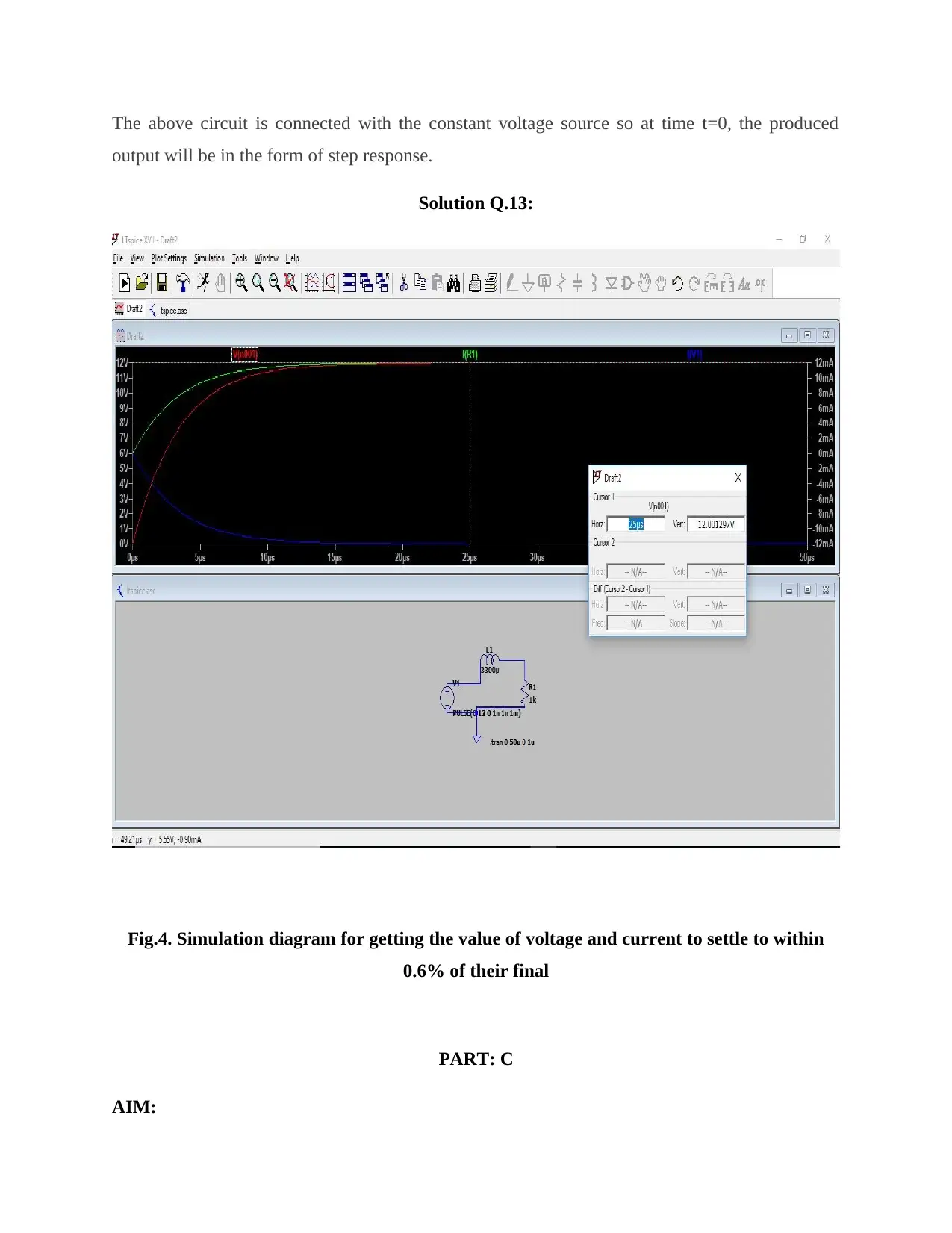
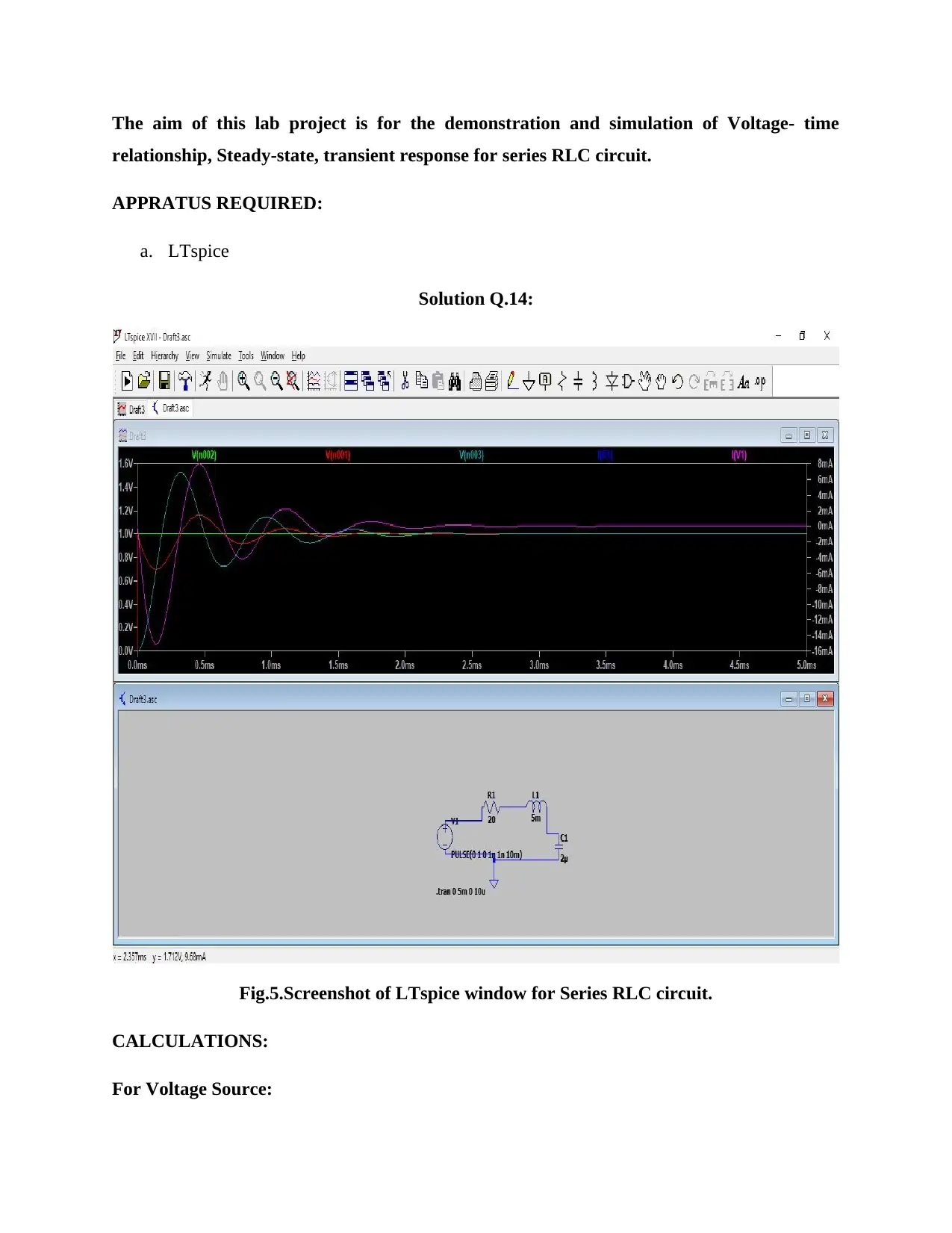
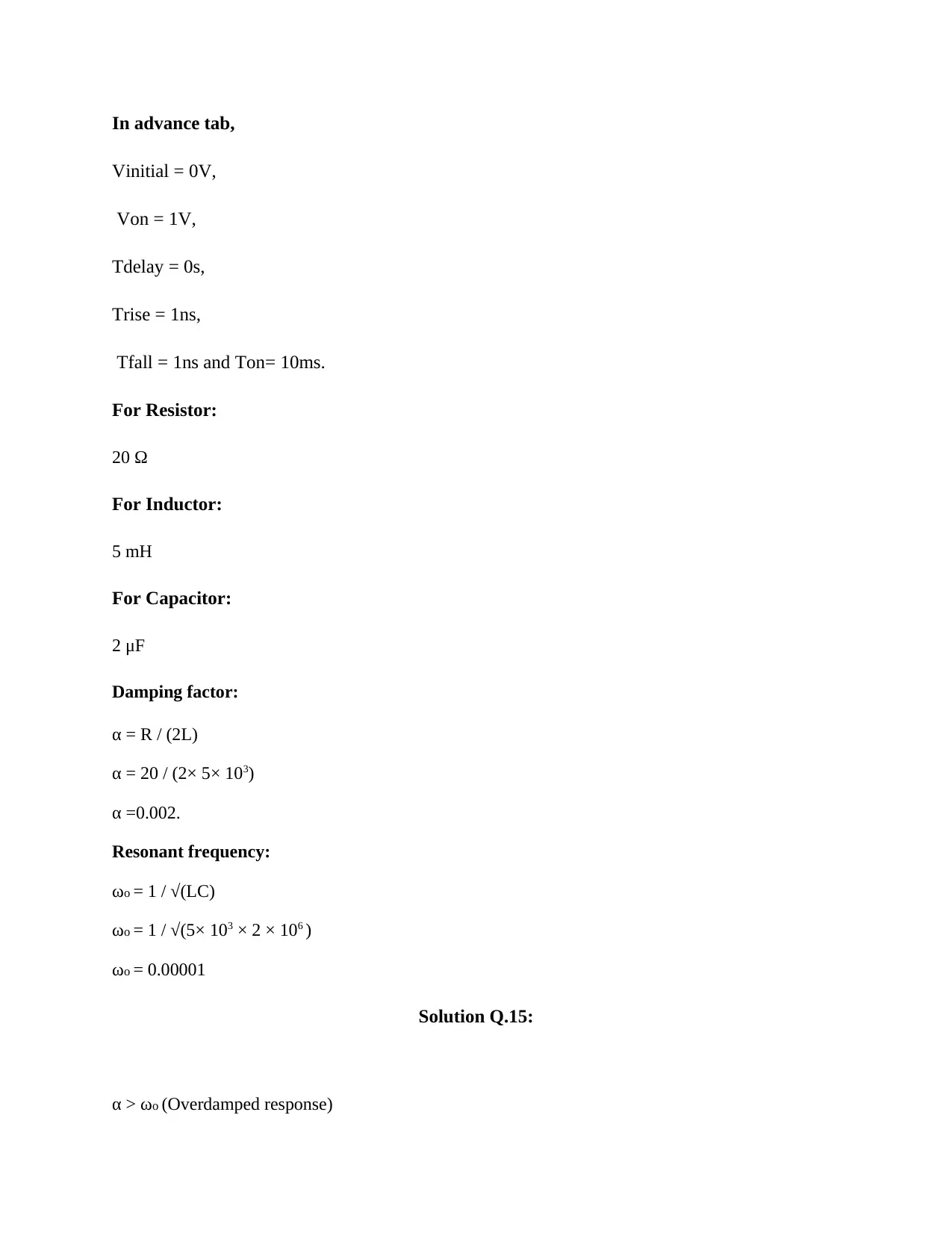
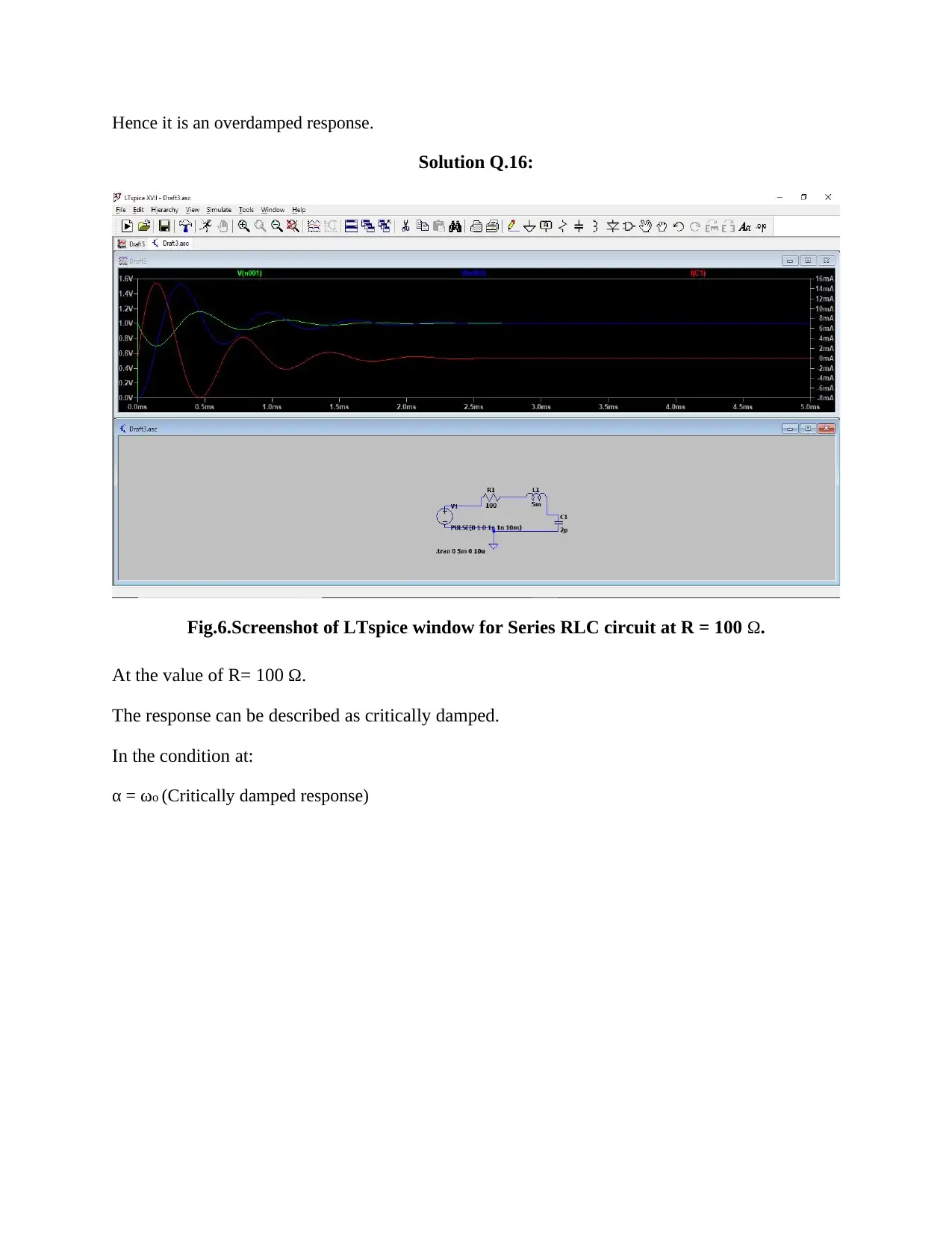
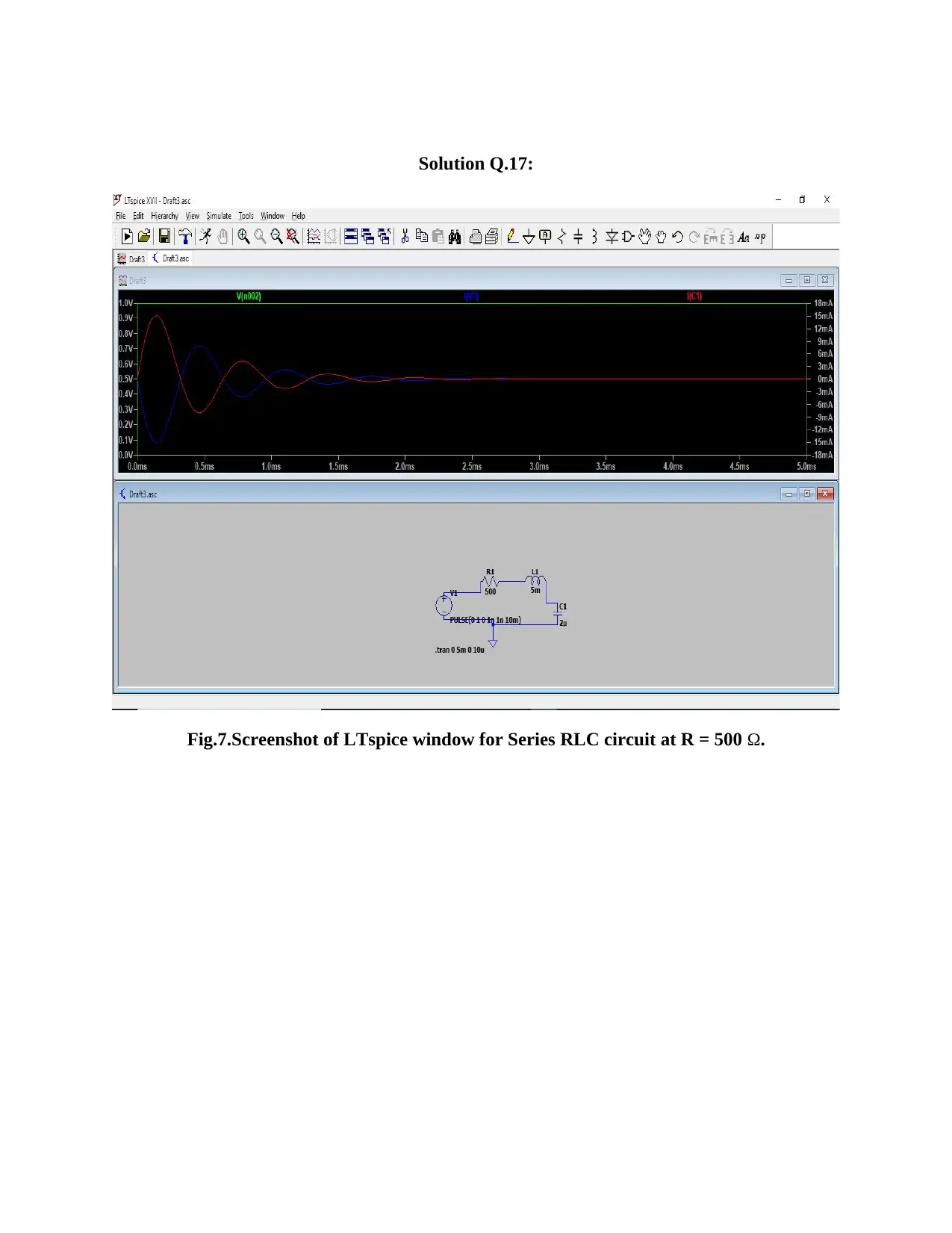
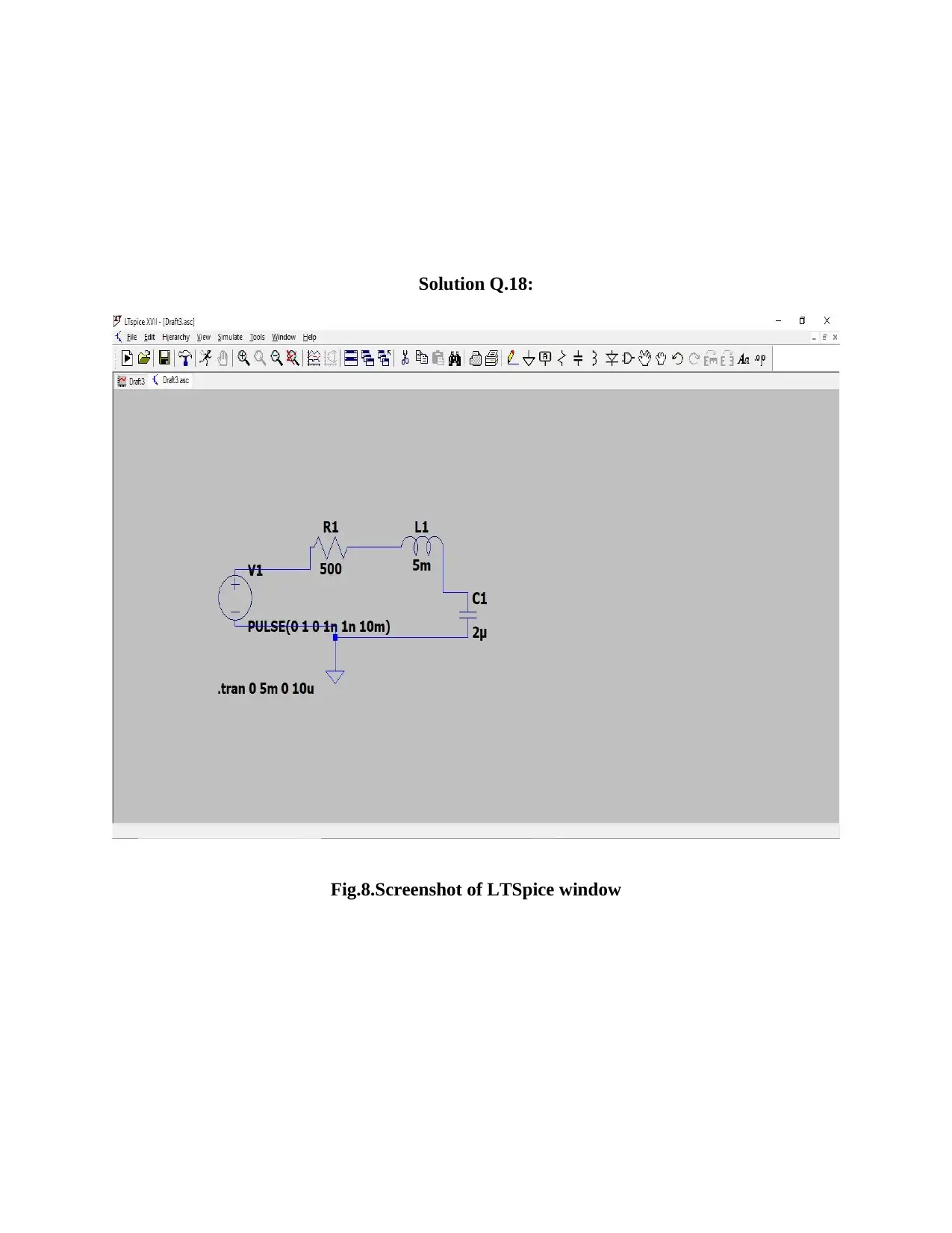
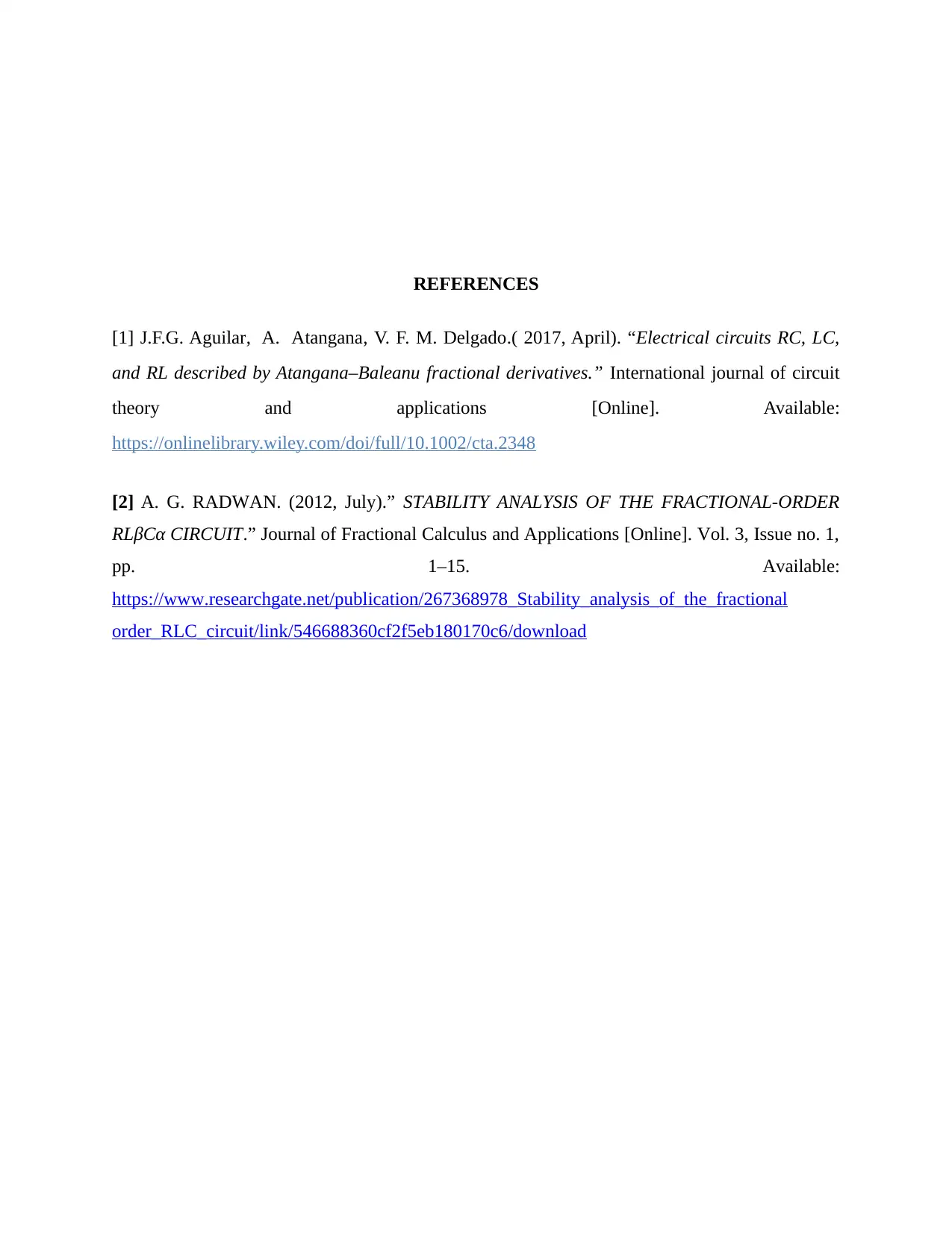
![[object Object]](/_next/static/media/star-bottom.7253800d.svg)